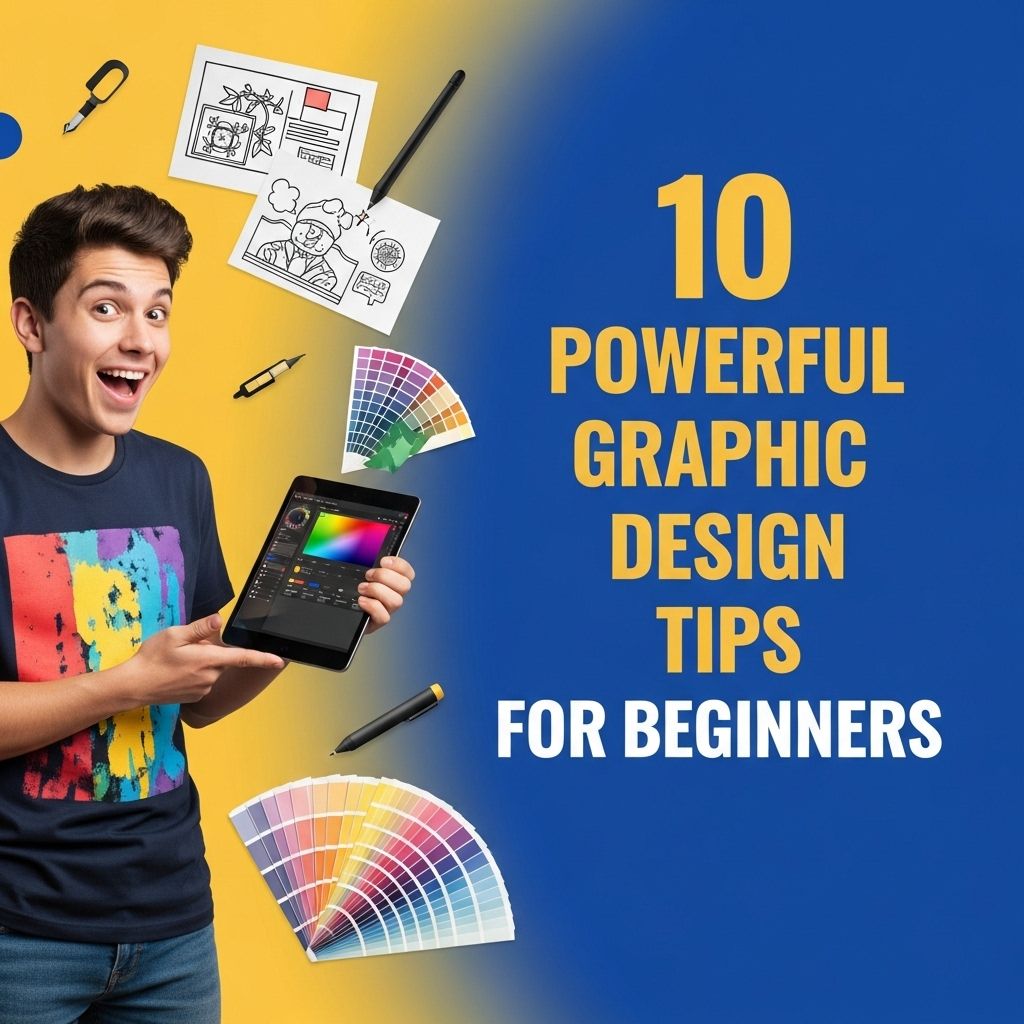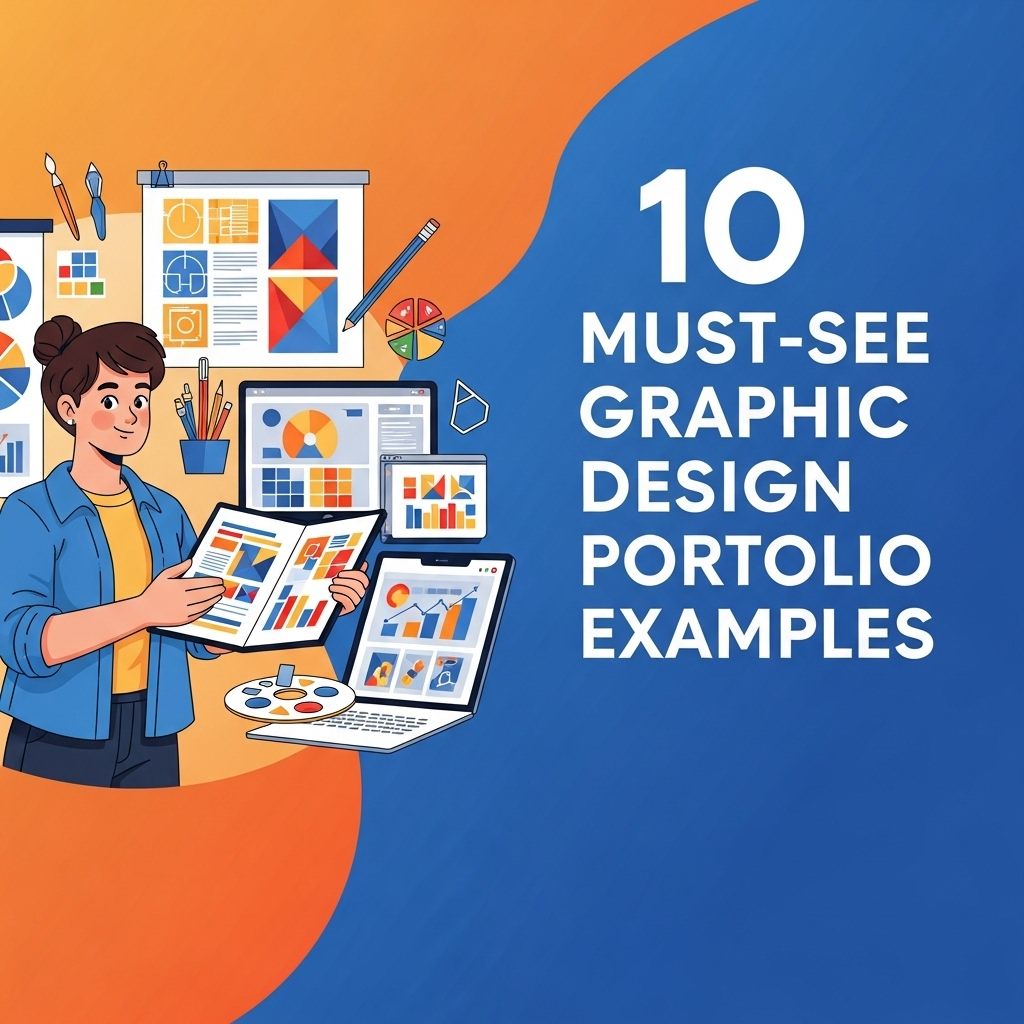Graphic design is a world where creativity meets technology, and for beginners, it can be as daunting as it is exciting. Whether you’re looking to create stunning visuals for your business or trying to break into the field professionally, understanding the principles of graphic design is essential. This article provides ten powerful graphic design tips that can help beginners elevate their skills and produce eye-catching designs.
1. Understand the Basics of Design
Before diving into more complex design techniques, it’s vital to grasp the foundational concepts of graphic design. This includes an understanding of:
- Color Theory: Learn how colors interact with each other and how they can evoke emotions.
- Typography: Explore different font styles and their impact on readability and aesthetics.
- Layout and Composition: Understand how to arrange elements on a page to guide the viewer’s eye.
2. Embrace White Space
White space, or negative space, is the area between and around design elements. It’s crucial for creating a clean and organized look. Here’s why white space matters:
Benefits of White Space:
- Improves readability
- Enhances visual hierarchy
- Draws attention to important elements
3. Choose the Right Tools
As a beginner, choosing the right graphic design software is essential. Here are some popular tools to consider:
| Tool | Best For | Price |
|---|---|---|
| Adobe Photoshop | Image editing and manipulation | Subscription-based |
| Adobe Illustrator | Vector graphics and logo design | Subscription-based |
| Canva | Quick designs and templates | Free/Paid options |
| Inkscape | Open-source vector graphics | Free |
4. Get Inspired by the World Around You
Creativity can be sparked by observing the environment. Here are a few ways to gather inspiration:
- Visit art galleries and museums.
- Explore design websites and blogs.
- Follow design trends on social media platforms.
5. Practice, Practice, Practice
The best way to improve your graphic design skills is through consistent practice. Consider the following activities:
- Recreate existing designs to understand techniques.
- Participate in design challenges online.
- Create a portfolio project, even if it’s for fun.
6. Learn the Art of Color
Color can dramatically influence how your designs are perceived. Here are some tips on using color effectively:
Color Schemes:
- Complementary: Colors opposite each other on the color wheel.
- Analogous: Colors next to each other on the color wheel.
- Monochromatic: Different shades of a single color.
7. Master Typography
Typography is not just about choosing a font; it’s an integral part of graphic design. Here are some tips:
- Select fonts that match the tone of your project.
- Limit your font choices to 2-3 to maintain consistency.
- Pay attention to spacing and alignment.
8. Use Grids and Alignment
Grids help organize elements in your design and ensure that everything aligns properly. Here’s how to implement grids:
- Use a grid system to layout your designs.
- Ensure consistent margins and padding.
- Align elements to guide the viewer’s eye through the composition.
9. Seek Feedback
Don’t shy away from sharing your designs with others. Constructive criticism can help you grow. Here’s how to seek effective feedback:
- Join online design communities or forums.
- Ask for specific feedback on areas you feel uncertain about.
- Be open to suggestions and willing to improve.
10. Keep Learning
The world of graphic design is always evolving. To stay relevant, continually educate yourself about new trends and tools:
- Enroll in online courses or webinars.
- Read design books and magazines.
- Follow industry leaders and stay updated on trends.
Conclusion
Graphic design is a journey filled with creativity, experimentation, and learning. By following these ten powerful tips, beginners can build a strong foundation in graphic design, enabling them to create compelling visuals that stand out. Embrace your creativity and keep pushing your limits; the world of design awaits!
FAQ
What are some essential graphic design tips for beginners?
Start by mastering the basics of design principles like alignment, contrast, repetition, and proximity to create visually appealing layouts.
How can I improve my color theory knowledge for graphic design?
Study the color wheel, understand complementary colors, and practice creating color palettes to enhance your designs.
What software should beginners use for graphic design?
Popular graphic design software for beginners includes Adobe Photoshop, Illustrator, and free alternatives like GIMP and Canva.
How important is typography in graphic design?
Typography is crucial as it affects readability and conveys the mood of your design; choose fonts that align with your message.
Can I learn graphic design online, and where?
Yes, many platforms like Udemy, Coursera, and Skillshare offer graphic design courses for beginners to enhance their skills.
What are some common mistakes to avoid in graphic design?
Avoid cluttering your design, using too many fonts, ignoring hierarchy, and neglecting to consider the target audience’s preferences.




